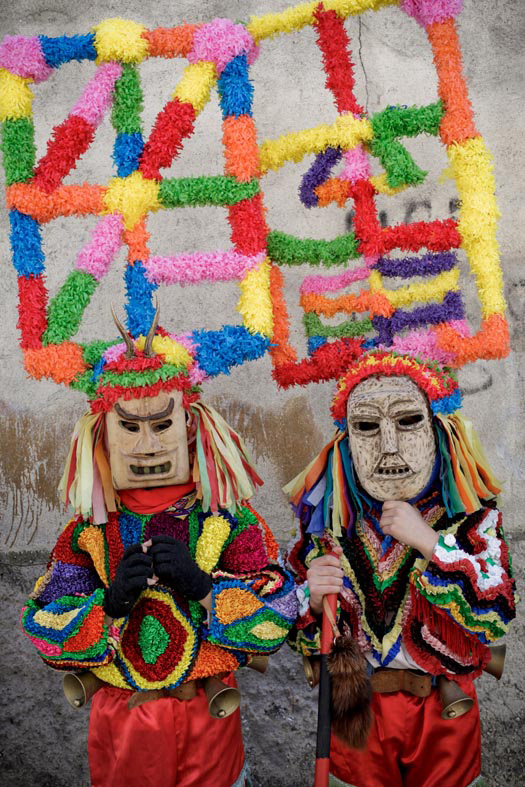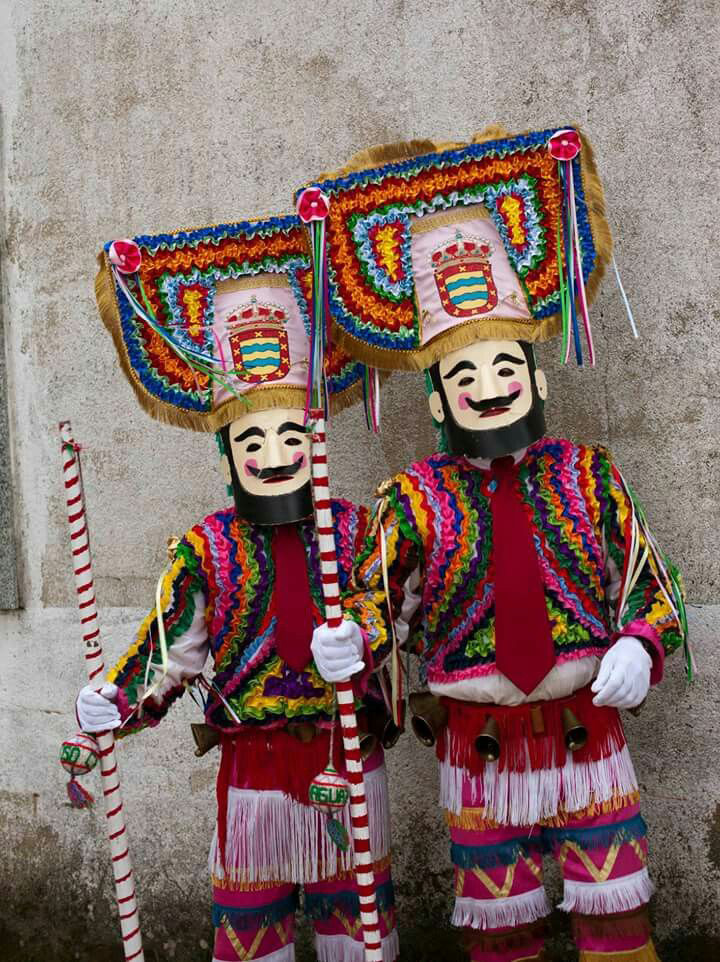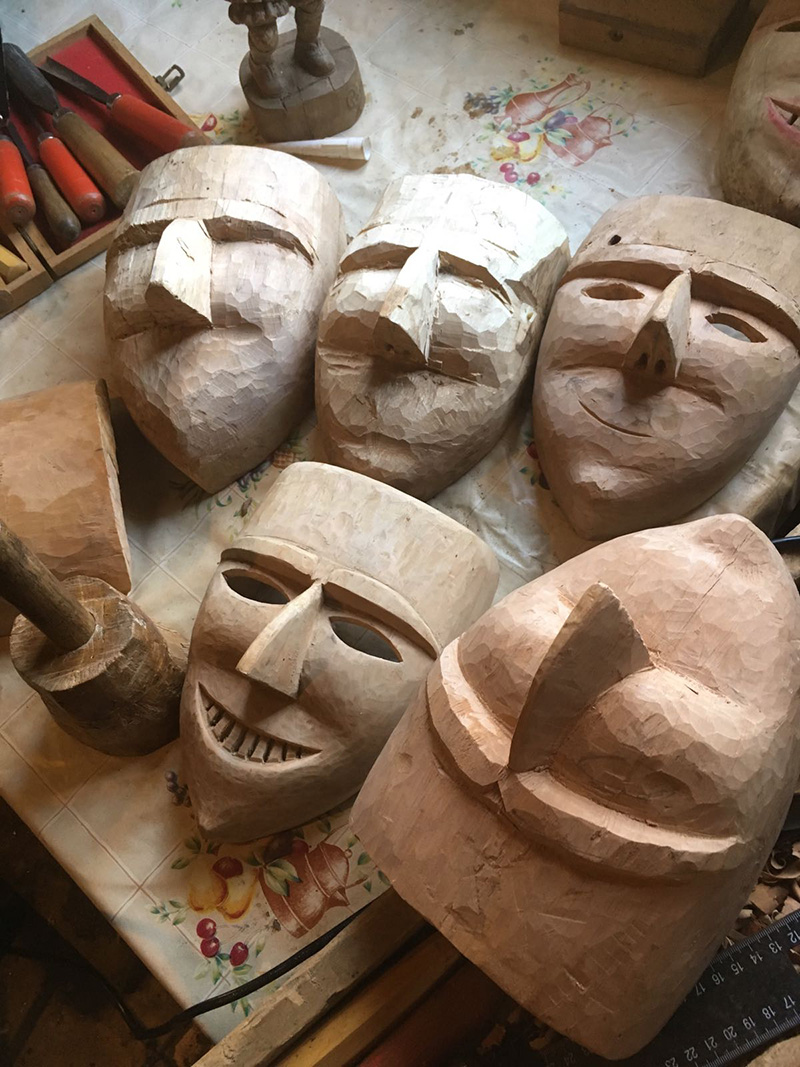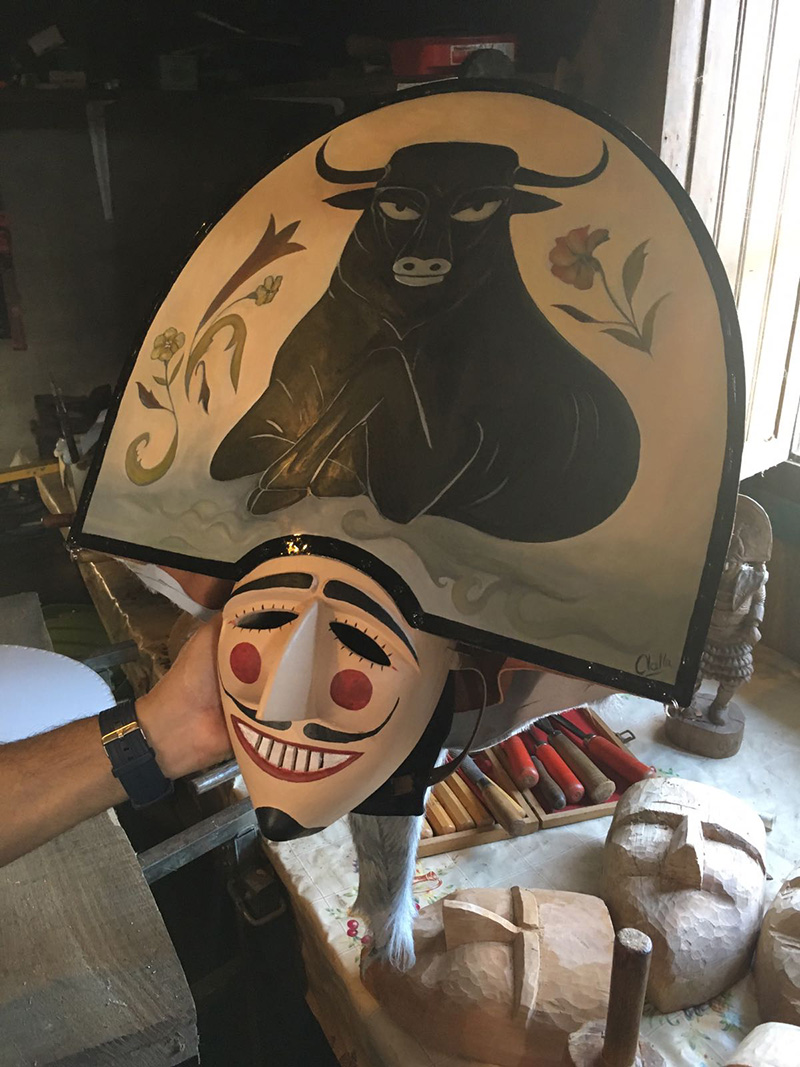Galician entroido, much more than a carnival
O Entroido, the galician ancestral carnival goes back centuries. This pagan celebration bid farewell to the cold days of winter.
Galician entroido, much more than a carnival
O Entroido, the galician ancestral carnival goes back centuries. This pagan celebration bid farewell to the cold days of winter.

(Felos de Maceda, Ourense. Photo: Carlos Ximenez)
When Christianity arrived, it was mixed with the farewell to meat before the abstinence of Lent. "O Entroido" means subversion, the breaking of social conventions and the changing of roles. These days you eat, drink and sing. You laugh at the most sacred things and you can transgress the established norms.

(Boteiro del Entroido Gallego, concejo de Viana do Bolo. Photo: Carlos Ximenez)
Although it is also celebrated in other regions of northern Spain, the most popular and popular is in Galicia. In fact, it was one of the few regions in Spain that continued to celebrate the carnival despite the banduring the dictatorship. Nowadays is declared a festival of tourist interest.

(Boteiro del Entroido de Vilariño de Conso, Ourense. Photo: Carlos Ximenez)
The entroido is one of the most important festivals of the year in Galicia and each town where it is celebrated has its own characters; Os Peliqueiros de Laza, Os Cigarróns de Verín, As Pantallas de Xinzo de Limia, Os Xenerais do Ulla, Os Boteiros de Viana do Bolo, Os Volantes de Chantada, Os Merdeiros de Vigo, As Madamas e Galáns de Cobres, O O Oso de Salcedo, Os Felos de Maceda, Os Vellaróns de Castrelo de Cima, As Máscaras de Manzaneda, to mention a few.

(Máscara del Entroido Riberao. Photo: Carlos Ximenez)
All the costumes and masks are made by local craftsmen and craftswomen, the richly decorated costumes are often passed down from generation to generation. In Xinzo de Limia you can visit the Museo galego do entroido, where the costumes of all the municipalities are collected and exhibited.

(Boteiros del Entroido de Vilariño de Conso, Ourense. Photo: Carlos Ximenez)
In many countries of the world and cultures we can find entroido celebrations with their characters and legends, and some, despite the distance, have many elements in common with the entroidos of the Iberian Peninsula.

In 2017 we went to the entroido and met Paco Diéguez Blanco, mask artisan in Matamá. We visited his studio, he carves the wood and his daughter paints them. It was a great experience and it was an honour to meet him.


One of our favourite photographers is Carlos Ximenez, we have been following him for many years and his photographs illustrate this post.


